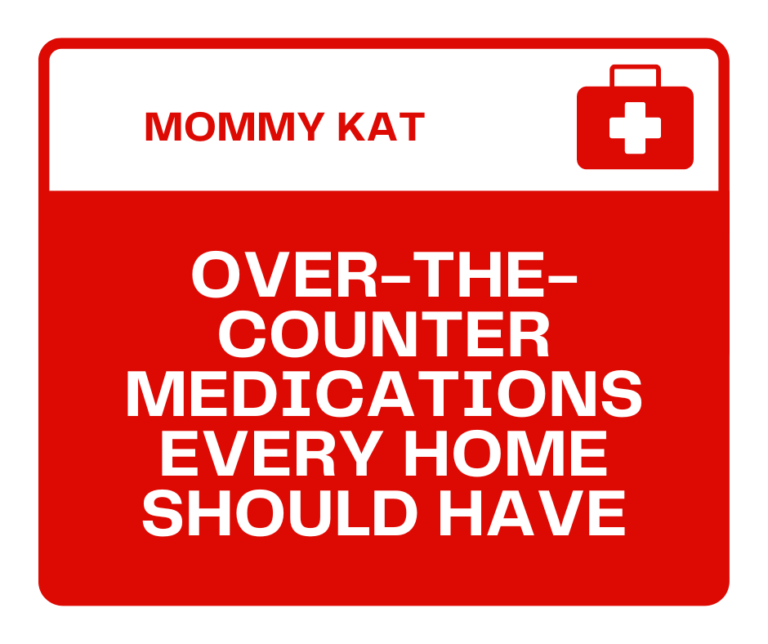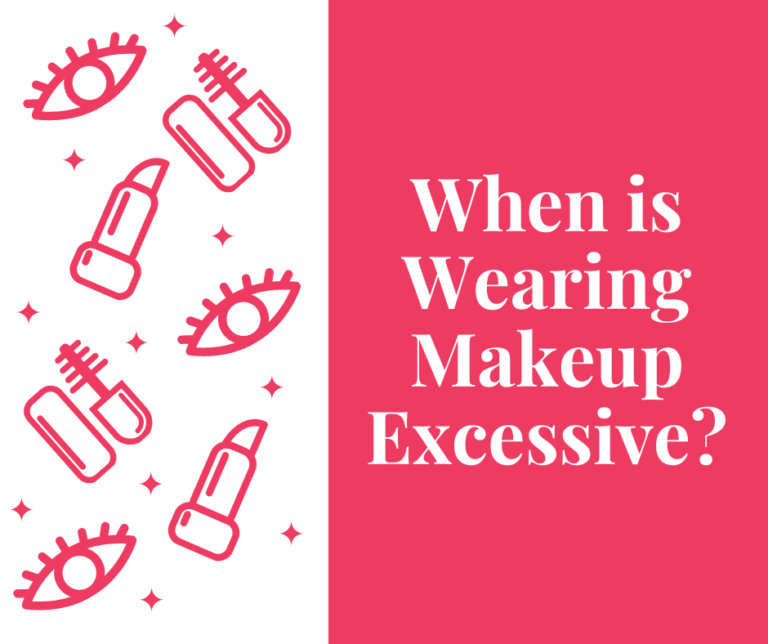A pregnancy test is a super simple and easy-to-use tool that can help determine whether or not you are pregnant. It works by detecting the presence of a hormone named human chorionic gonadotropin (hCG) in your urine, which is made by the placenta after a fertilized egg implants in the uterus. Here are some steps to follow to use a pregnancy test correctly:
1. Choose the Right Test
There are many different types of pregnancy tests available, including digital tests, test strips, and midstream tests. Choose the type of test that is easiest for you to use and follow the instructions carefully.
2. Determine the Best Time to Take the Test
The best time to take a pregnancy test is after you have missed a period. However, some of the tests can detect pregnancy as early as one week after conception. It’s important to read the instructions on the test carefully to determine the earliest possible time to take the test.
3. Collect Your Urine Sample
Most pregnancy tests require a urine sample for testing. Collect your urine in a sterile, dry container, and be sure to follow the instructions on the test carefully. Some tests may require you to collect the urine midstream, while others may require you to dip the test strip directly into the urine.
4. Perform the Test
Once you have collected your urine sample, carefully follow the instructions on the test. Typically, you will need to either dip the test strip into the urine or hold the test strip directly in your urine stream for a few seconds. The test will usually take a few minutes to process, and you will see a line, a plus sign, or the words “pregnant” or “not pregnant” depending on the type of test you have chosen.
5. Read the Results Carefully
Once the test has been processed, read the results carefully. If the test shows a line, a plus sign, or the words “pregnant,” then you are likely pregnant. If the test shows a negative result, it is important to remember that some tests may not detect pregnancy until several days after a missed period. It is recommended to re-test after a few days or consult with your doctor for further testing.
6. Follow Up with Your Doctor
If your pregnancy test is positive, it is important to follow up with your doctor for prenatal care. Your doctor can provide you with important information about your pregnancy, including due dates, nutritional needs, and prenatal care recommendations. If your test is negative and you continue to experience pregnancy symptoms or miss your next period, it is also important to follow up with your doctor to determine if further testing is necessary.
Conclusion
In conclusion, a pregnancy test is a super simple and effective way to figure out if you are pregnant with a baby boy or baby girl. By following the instructions carefully and choosing the right test for your needs, you can accurately determine if you are pregnant and take the necessary steps for prenatal care. If you have any concerns or questions about using a pregnancy test, it is always best to consult with your doctor for guidance.










